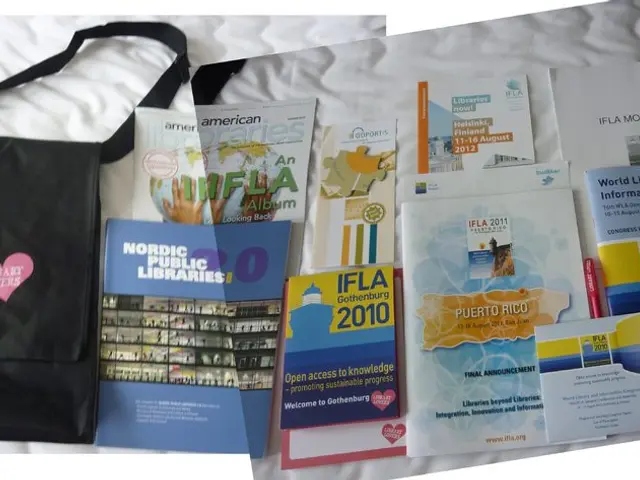Techniques for Engaging Instruction in Multi-cultural Learning Environments
In today's multicultural society, educators are tasked with the challenge of catering to a wide range of learning styles among diverse students. This requires a tailored approach to instruction, as teachers serve as advocates for social justice, equity, and inclusivity in diverse classrooms.
Teaching in such environments necessitates an ongoing commitment to personal and professional growth, as well as the utilization of digital tools that foster collaboration and accommodate the cultural perspectives and learning styles inherent in diverse classrooms. Platforms like Google Classroom, Microsoft Teams, and Zoom enable group projects, discussions, and peer feedback, promoting a rich educational experience for all students.
Diverse classrooms encompass a rich array of cultural, linguistic, and personal backgrounds. Recognizing and addressing the varied needs of students is crucial for effective pedagogy. Creating effective strategies involves employing culturally responsive teaching, differentiated instruction, multiple learning modalities, active student participation, and collaborative co-teaching models.
Culturally responsive teaching links content to students’ cultural and ancestral experiences, making learning personally meaningful and relatable. This approach has been shown to improve academic outcomes and ethnic identity development. Differentiated instruction tailors teaching to individual student readiness, interests, and learning profiles, ensuring that instruction meets the diverse needs of learners.
Multiple learning modalities use auditory, visual, and kinesthetic methods to present information, reaching students with varied learning preferences and strengths. Active student participation encourages engagement via small group discussions, think-pair-share, and regular feedback solicitation, making learning more dynamic and inclusive. Collaborative co-teaching models, when classrooms include co-teachers, support diverse learners by pooling expertise and promoting a classroom culture where every student is respected and encouraged to contribute.
Building a culture of belonging is also essential. This involves celebrating diversity through curriculum choices and activities; empowering student voice and promoting inclusive language and norms. A strong sense of belonging underpins academic and social-emotional growth in diverse classrooms.
Engaging families and communities is pivotal in creating an inclusive environment for diverse classrooms. Incorporating family involvement can take various forms, such as organizing community events, facilitating regular communication, and encouraging parent volunteering in classroom activities.
The future of teaching in diverse classrooms necessitates the integration of culturally responsive pedagogy, personalized learning plans, professional development focused on diversity and equity, and the continued harnessing of technology to foster inclusivity and engagement for all learners.
Addressing language proficiency is another critical characteristic in diverse classrooms, with students who are English language learners often requiring additional support. This can be achieved through differentiating instruction, utilizing visual aids, and implementing collaborative learning strategies.
Online resources for diverse learners, like CommonLit, ReadWorks, Khan Academy, Duolingo, and Rosetta Stone, cater to varying cultural backgrounds, learning styles, and language proficiencies, enhancing the educational experience in inclusive classrooms.
Ultimately, the objective in diverse classrooms is to foster an environment where all students feel valued and engaged, leading to improved student engagement and achievement.
- To cater to diverse learning styles and foster a rich educational experience in multicultural classrooms, educators should utilize e-learning platforms like Google Classroom, Microsoft Teams, and Zoom that promote teamwork skills through group projects, discussions, and peer feedback.
- Recognizing the importance of ongoing personal and professional growth, educators should invest in education-and-self-development, focusing on professional development programs centered on diversity, equity, and inclusivity.
- In addition to addressing diverse learning needs through culturally responsive teaching, differentiated instruction, and multiple learning modalities, it is essential to develop personal-growth opportunities for students by creating a culture of belonging and engaging families and communities to cultivate an inclusive learning environment.








